Citizens’ Rights in Iran, Part 3: The First Constitution of the Islamic Republic Following the 1979 revolution, Iran’s new government debated the terms of a new constitution. For the most part, the Islamic revolutionaries succeeded in writing the constitution according to their own interpretations of Islam. This video series on citizens’ rights in Iran explores through interviews with experts and witnesses the ways in which Iran has protected or breached those rights since it signed the International Covenant on Civil and Political Rights in 1968. This episode looks at the drafting of the preliminary version of the Islamic Republic’s constitution and the changes various political factions demanded throughout its development. Interviewees also discuss the changing of a constitutional assembly to an “Assembly of Experts,” the rights the constitution affords Iranians, and the limits imposed on those rights.
.embed-container { position: relative; padding-bottom: 56.25%; height: 0; overflow: hidden; max-width: 100%; } .embed-container iframe, .embed-container object, .embed-container embed { position: absolute; top: 0; left: 0; width: 100%; height: 100%; }
Ardeshir Amir Arjomand, a professor of international law and former adviser to the Iranian opposition leader Mir-Hossein Mousavi, discusses the third chapter of the Islamic Republic’s constitution. He argues that this chapter acknowledges many of the rights outlined in the Universal Declaration of Human Rights, the International Covenant on Civil and Political Rights, and the International Covenant on Economic, Social and Cultural Rights, but subordinates them to Islamic principles. He says Islamic restrictions vary according to interpretation, but that under some interpretations, restrictions are so severe that few rights remain.
.embed-container { position: relative; padding-bottom: 56.25%; height: 0; overflow: hidden; max-width: 100%; } .embed-container iframe, .embed-container object, .embed-container embed { position: absolute; top: 0; left: 0; width: 100%; height: 100%; }
Abolhassan Banisadr, Iran’s first president following the 1979 revolution, describes the preparation of the first draft of the constitution, its presentation to the Revolutionary Council, Khomeini’s objections to it, and the formation of the Assembly of Experts, which rejected it. The next draft enshrined the principle of “The Guardianship of the Jurist,” which gave ultimate authority to Khomeini. Banisadr recalls speaking publically against the torture of prisoners, and his efforts to provide Amnesty International with evidence of torture in Iran. He discusses the government’s formation of the Committee for the Investigation of Allegations of Torture, and the government’s failure to address the matter.
.embed-container { position: relative; padding-bottom: 56.25%; height: 0; overflow: hidden; max-width: 100%; } .embed-container iframe, .embed-container object, .embed-container embed { position: absolute; top: 0; left: 0; width: 100%; height: 100%; }
Abdolkarim Lahiji, a lawyer and president of the International Federation for Human Rights, talks about the formation of the concept of an Islamic Republic. He describes the role that he and others played in preparing the first draft of the constitution, the process of composing the draft, and discussions surrounding the language it included, such as the word “democracy.” He recalls the draft’s passage through the Revolutionary Council and the Assembly to Examine the Final Draft of the Constitution, which was later named the Assembly of Experts. He also describes Khomeini’s interference in the drafting process.
.embed-container { position: relative; padding-bottom: 56.25%; height: 0; overflow: hidden; max-width: 100%; } .embed-container iframe, .embed-container object, .embed-container embed { position: absolute; top: 0; left: 0; width: 100%; height: 100%; }




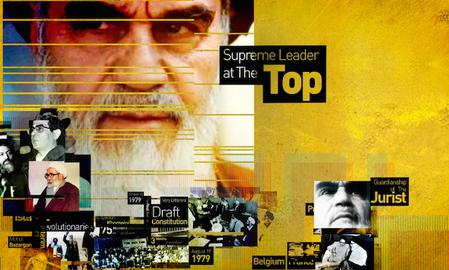
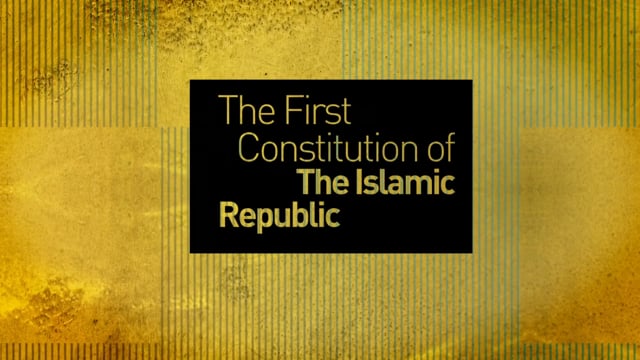
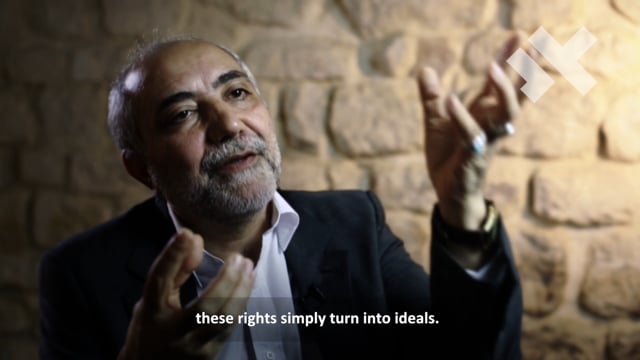
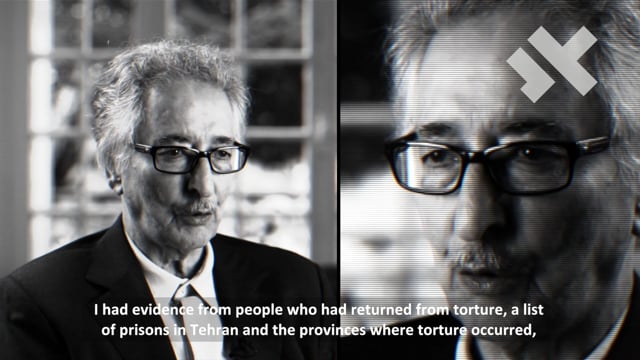
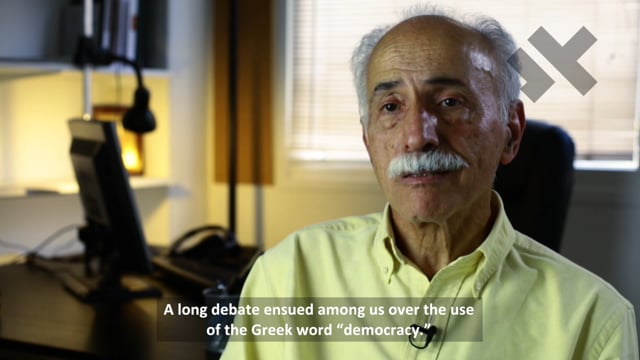
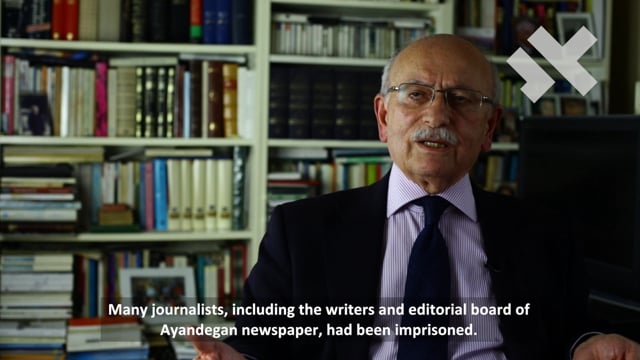
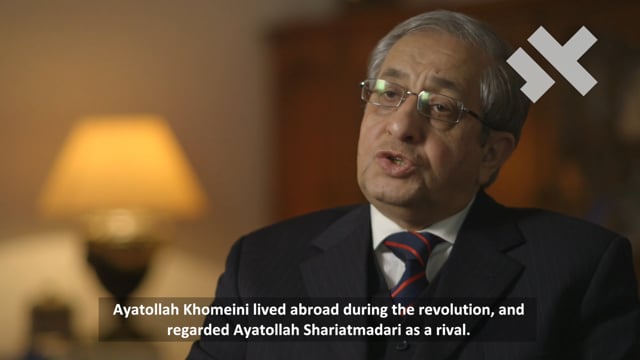



















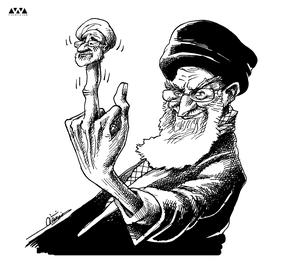
comments